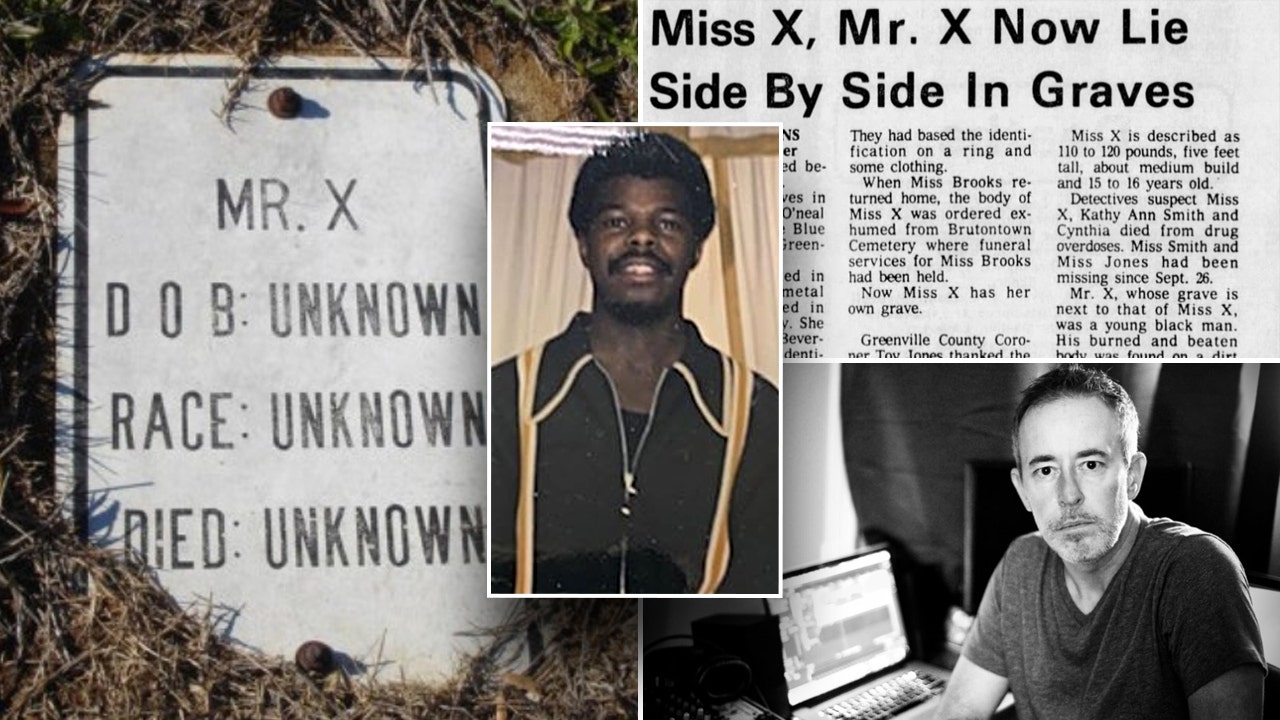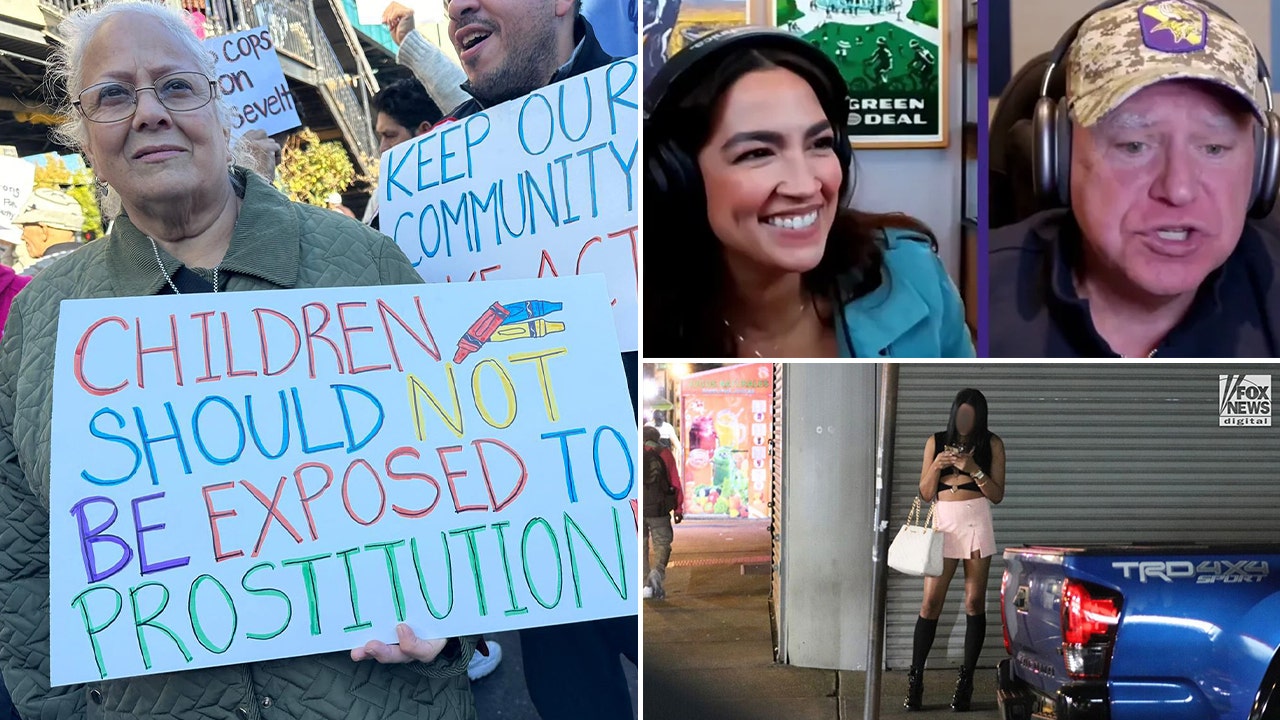The roses that you buy this week from a florist, supermarket or website for Valentine’s Day in all likelihood arrived in the United States through one place: Miami International Airport, the port of entry for about 90 percent of the nation’s imported cut flowers.
All year, farmworkers snip flowers by hand, mostly in Colombia and Ecuador, to be sent on cargo planes to Miami, where they are inspected and then loaded on trucks to reach every mainland state. Sometimes, flowers cut in the morning can be in South Florida, a three- or four-hour flight away, by the afternoon.
It is a logistical feat, especially in the weeks leading up to Feb. 14 — one of the flower industry’s two peak holidays, along with Mother’s Day. Yet few consider that when they pick up bouquets for $20 at Target.
“If you ask general consumers, ‘Where do flowers come from?’ they think they’re from somebody’s back yard,” said Christine Boldt, executive vice president of the Association of Floral Importers of Florida, a trade group.
The Colombian airline Avianca doubles its daily cargo flights to Miami for the month leading up to Valentine’s Day. Customs and Border Protection brings in extra agriculture specialists from other parts of the country to ramp up flower inspections. Industry executives lose sleep coordinating truck routes and troubleshooting.
Miss a shipment of roses? Tough luck. Demand plummets when the day is done — until Mother’s Day, that is.
“It’s difficult from a production sense, because you’ve got to really raise production, bring it down, bring it back up again for Mother’s Day, and then back down,” said Carlos Oramas, co-founder and chief executive of the Gems Group, a flower importer based in Doral, west of the Miami airport. “There’s a lot of farming complexity to it.”
Not to mention “a lot more planes, a lot more trucks and a lot more hours” than the industry demands at other times of year, Mr. Oramas said. (Critics note that greenhouse gas emissions from air cargo flights are damaging to the environment, and have urged consumers to seek out and buy American-grown flowers, a much smaller portion of the market.)
Flower sales climbed during the coronavirus pandemic, as more people sent bouquets — “a no-touch delivery gift,” Ms. Boldt said — to loved ones whom they could not see in person. Then, as pandemic restrictions eased, flowers were in short supply for a period, as people made up for lost time and the number of weddings and other festive events spiked.
“Now we’re in a transition to figure out how much demand there is on a weekly basis from consumers,” Ms. Boldt said.
Overall, there is enough demand that the South Florida flower industry directly or indirectly employs about 6,000 people, her group estimates. In Colombia, the business formally or informally employs about 200,000 people, said Javier Mesa of Asocolflores, the Colombian association of flower exporters. Valentine’s Day represents maybe half of the sales of the year for the country’s farms, he said.
Preparations for the holiday begin months in advance. The numbers of flower flights, inspectors and workers expand starting in mid-January. Importers order their Valentine’s Day offerings, typically bunches of flowers in boxes for retail florists, who arrange their own bouquets, and prearranged bouquets for grocery chains like Costco and Walmart, as well as e-commerce sites like 1-800-Flowers.
Through it all, the perishable flowers must remain “dormant” in cold temperatures, requiring refrigerated cargo planes, warehouses and trucks.
On Monday, workers unloaded 22 pallets containing boxes of flowers from an Avianca Airbus 330 Freighter. Inside the warehouse, the floors were slippery from the cold cargo — so cold that among many thousands of flowers, there was no trace of their scent. Boxes of flowers were stacked in orderly piles, waiting to be cleared by Customs and Border Protection. White carnations with red tips. Bright sunflowers. Lavender hydrangeas.
“From the magical land of Colombia to the world,” one shipment of boxes read.
Agriculture specialists took samples from the shipments to look for disease and hitchhiking pests, including beetles, grasshoppers, wasps and moths. They removed bunches of flowers and shook them upside down onto white paper. If anything suspicious fell out, they examined it with a magnifying glass and flashlight.
From mid-January until late last week, specialists cleared more than 830 million stems from 75,000 sampled boxes and found about 1,100 pests, according to Daniel Alonso, Customs and Border Protection’s port director for Miami International Airport.
On Monday, one specialist, José Rodríguez, found a tiny pest, not much bigger than a speck of dirt, in a bunch of chrysanthemums. He placed it in a vial with alcohol to be sent to the U.S. Department of Agriculture for identification. The chrysanthemums would be kept on hold until the agency decided what action, if any, to take, such as fumigating the shipment, returning it to the farm or destroying it.
Several specialists said they enjoyed knowing they would be part of making someone’s day a little happier — a feeling that others in the industry also expressed.
“There’s a story that will go with each of these bouquets,” Mr. Oramas, the executive, said. “That we could be part of such an intimate moment in so many parts around the country — it’s quite a blessing.”






